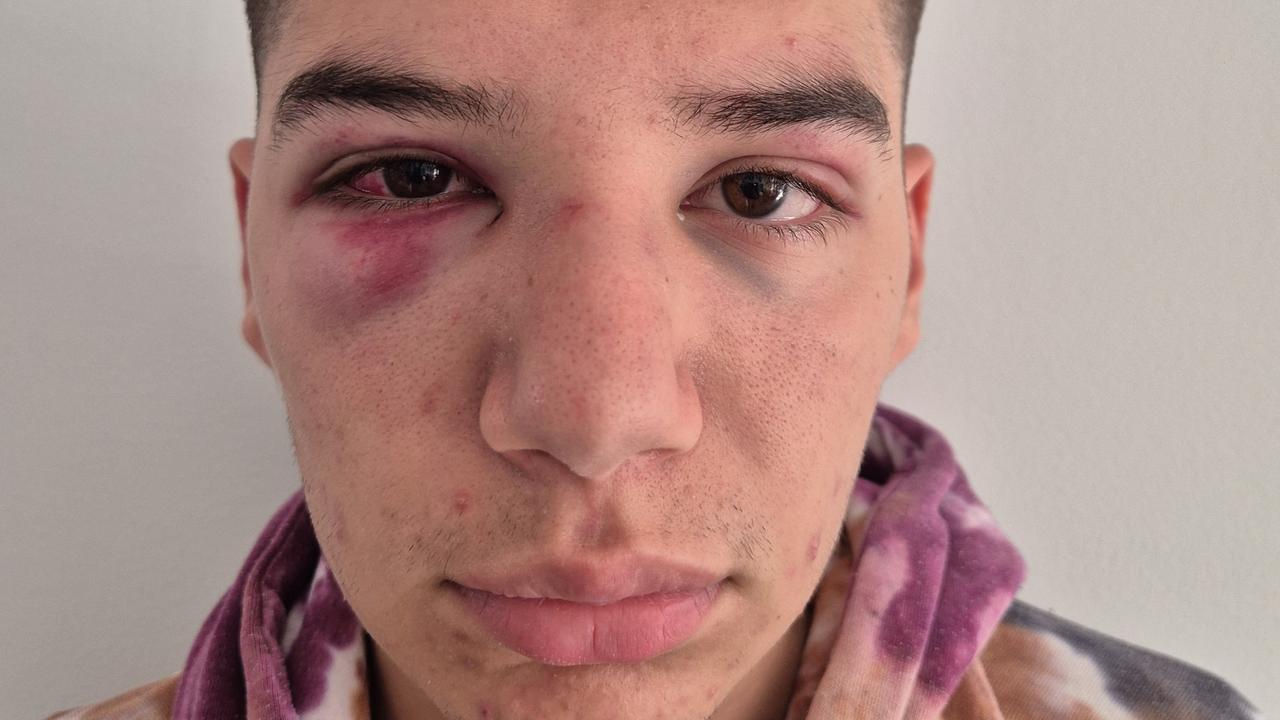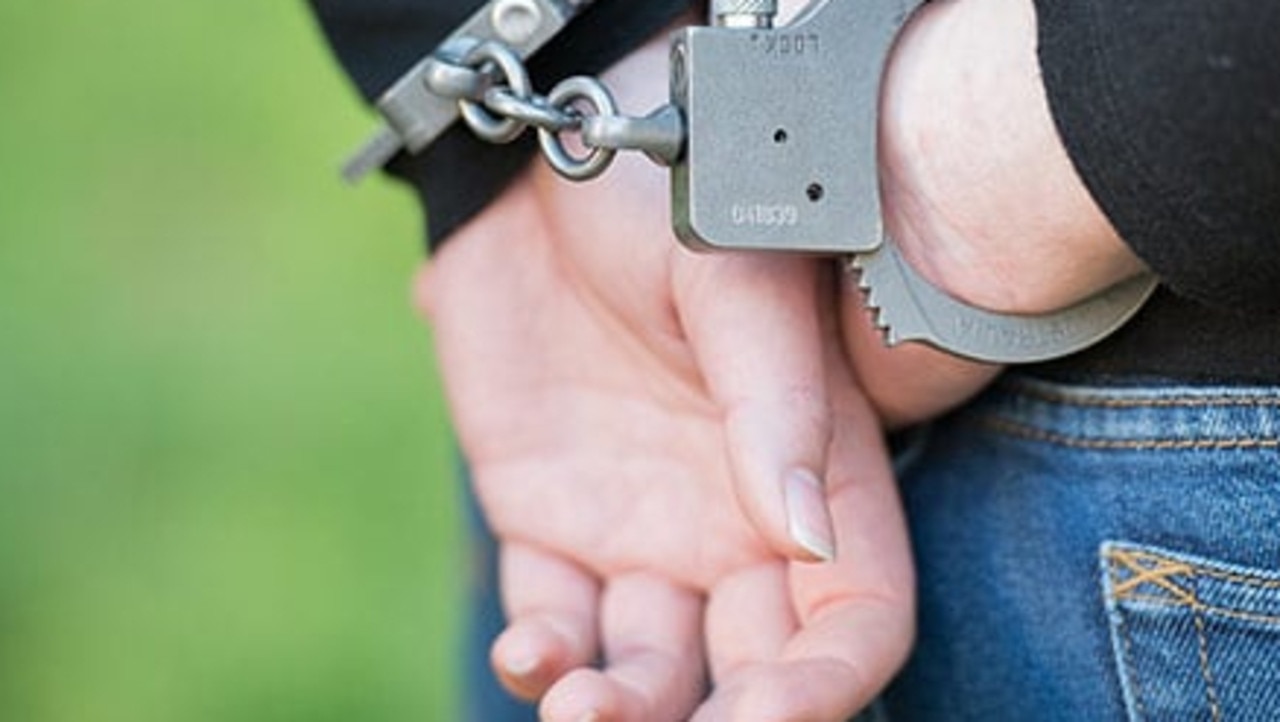How to start a conversation with your child about gender and sexuality
Jen Armstrong has always been accepting of different sexualities, but when her child Isabel told her they wanted to be a boy, the loving mum found herself on a steep learning curve.
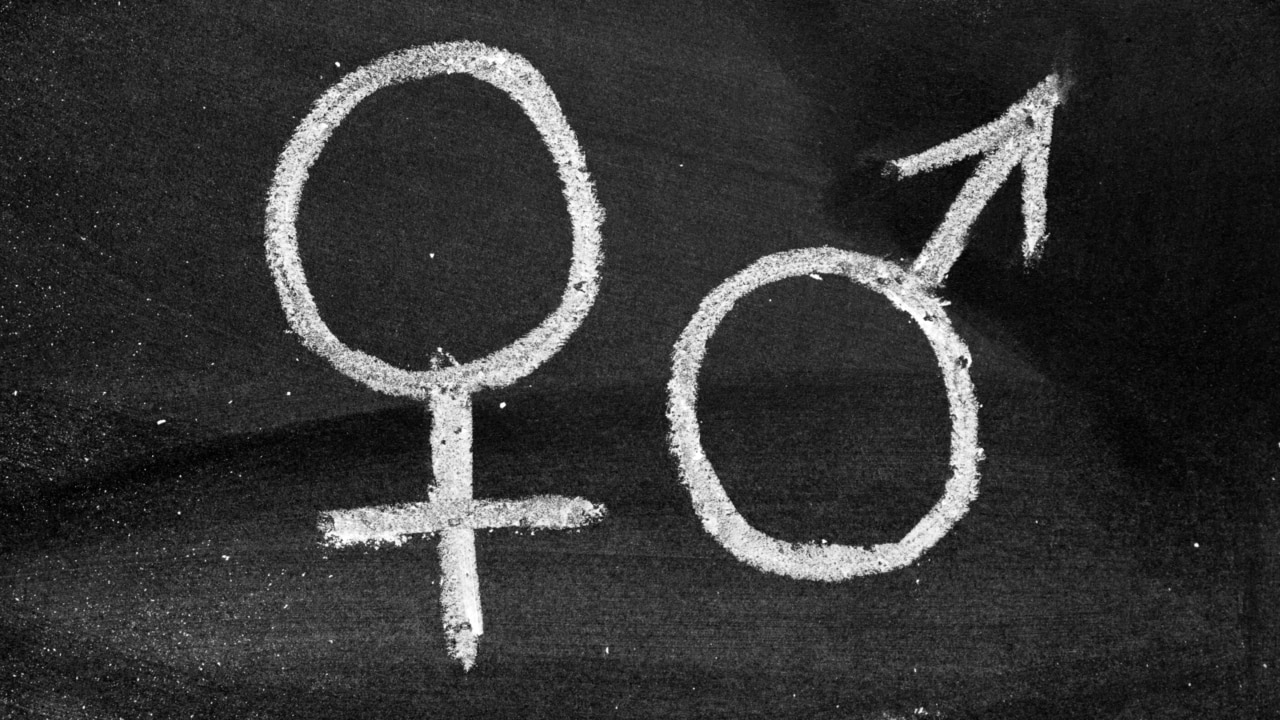
NSW
Don't miss out on the headlines from NSW. Followed categories will be added to My News.
When Jen Armstrong’s seven-year-old child Isabel told her they wanted to be a boy, the caring mum found herself scared of “getting it wrong”.
“I said: ‘OK, no problem’, but internally I’m thinking: ‘What do I need to do, how do I do this, I don’t want to say the wrong thing’,” Ms Armstrong said.
While she had always been open-minded and accepting of different sexualities, gender and pronouns was a steep learning curve.
“After probably six months to a year, when we both became more aware and educated about gender versus sex, Bel said: ‘No, actually I identify as non-binary’,” she said.
“Bel tends to wear traditionally more male clothes but will sometimes put on stick-on nails and colour their hair — if they aren’t in tie-dye they aren’t my child.”
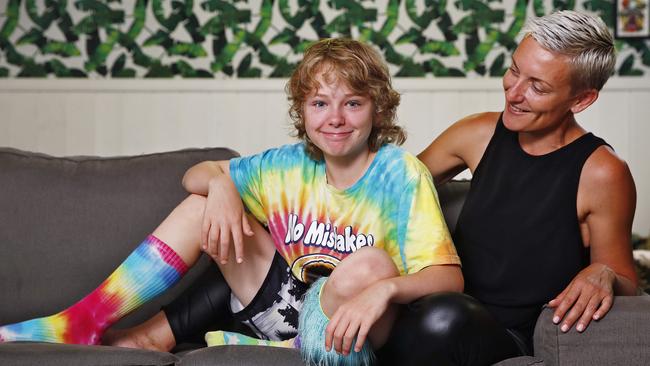
For the Sutherland Shire mother, finding an online community of parents with children going through the same gender transition was a lifeline, a safe place where she could ask questions and share her struggles without shame or judgment.
“I’ve always considered myself very open minded … but with this it was the detail. I had to make sure I got it right,” she said.
“It’s a massive change. You spend the last seven years saying: ‘she, her’ and now you have to change it to they/them/their … I slip up even now and it’s been four years, but it’s about being an advocate for your kid.”
Ms Armstrong’s best advice to parents is to find others going through the same journey and to not be scared of getting it wrong.
“I’ve got a thick skin, but in the back of my mind I was thinking: ‘What is my family going to say, what are Bel’s friends going to say?’
“Talking about gender and sexuality is becoming the norm, but people are still really worried they are going to get it wrong,” she said.
Research from Fairy ANZ shows that 38 per cent of Australian parents don’t feel comfortable having conversations about gender and sexuality with their kids.
For many parents it can be difficult to understand the new identities children are exposed to, including non-binary and they/them pronouns.
Got a news tip? Email weekendtele@news.com.au
LGBTQIA+ youth charity Minus18’s Adrian Murdoch said using something like a TV show or movie could be an easy way to bring up tough topics with kids in a supportive way.
“There’s a lot more prevalence in the media through TV, in books and in movies, and they can be great tools where its objective is, you can talk about a character,” he said.
Mr Murdoch suggests watching a family-friendly show with an LGBTQIA+ character and chatting to children about the character’s identity, what their child thinks about that identity, and teaching them about diverse relationships created a home environment where children can talk to their parents openly without feeling put on the spot.
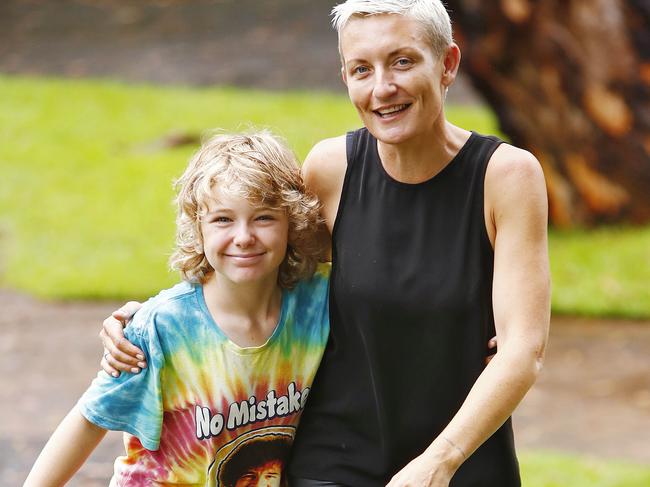
Two people who know just how powerful media can be in sparking tough conversations is The Block’s Mitch Edwards and Mark McKie.
The Fairy ANZ ambassadors said representing loving gay relationships on the popular reality show allowed some of their young fans to come out to their own families.
“He saw me, pulled over his car and said he wanted to thank me. He said he was 18, watching The Block with his parents and they said they liked us as a couple and he took that as an opportunity to say: ‘Look I’m gay too’,” Mitch said.
“That was such a beautiful thing for us, to help that young man.”
The grandparents said even if parents were scared or nervous to have a conversation about gender and sexuality, their top tip was to talk about respect and loving relationships in all forms, and hopefully create an environment where kids felt comfortable coming to you. To help start these uncomfortable conversations, Fairy is releasing “conversation plates” to help families.
The range contains four plates with questions printed on them, all aimed at encouraging family discussions about important LGBTQIA+ topics and providing families with the support they need to engage in meaningful discussions.
Families can claim a free #WhatsOnYourPlate piece at www.intheround.house/collections/fairy by using code “fairypride”. For every plate claimed or bought, Fairy will donate $20 to Minus18 to go towards its mission to improve the lives of LGBTQIA+ youth.
More Coverage
Originally published as How to start a conversation with your child about gender and sexuality


